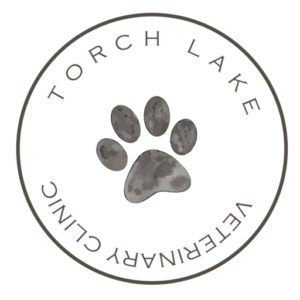Library
-
Microchipping Your Dog
Es importante asegurarse de que su perro dispone de un sistema de identificación, ya sea el perro más querido por la familia o un valioso animal de exposición. La identificación permanente se ha diseñado para ofrecer un modo útil de reunir los perros extraviados con su propietario.
-
The purpose of pet microchips is to provide permanent identification. Microchips are tiny, about the size of a grain of rice, and contain a unique identification number. They are inserted with a needle under the skin between the shoulder blades. A microchip reader detects the electronic code embedded in the chip and displays the identification number on its screen. The registration database is then checked for this identification number (either online or by telephone), and the pet owner's contact information is retrieved. A microchip is the most reliable way to reunite lost pets with their owners and may also be required for international travel.
-
Midazolam is a benzodiazepine used for its sedative, anti-anxiety, and muscle relaxant properties. It is primarily used as a sedative before surgery and to stop seizures. It is used “off label” or “extra label” in animals. This medication is a controlled substance primarily given via injection by your veterinary team, though it may be prescribed to your pet for intranasal or intrarectal administration at home.
-
Helping Dogs with Severe Phobias During Storms and Fireworks
Los medicamentos pueden ser útiles en algunos casos, pero sólo puede prescribirlos un veterinario. No hay que olvidar que deben administrarse para que su efecto se manifieste ANTES de que empiece el ruido o la reacción de pánico del animal. Por norma general, se administran al menos una hora antes del acontecimiento.
-
Fears and Phobias in Dogs: Animals and People
Hay muchas razones por las que los perros desarrollan miedo a personas y a otros animales. En primer lugar, hay que recordar que la socialización durante el desarrollo del cachorro es esencial. Si el perro no ha recibido interacciones positivas, constantes y adecuadas con personas y otros animales, es probable que tenga reacciones de miedo en el futuro.
-
Fear of Noises in Dogs
Los miedos y fobias se pueden desarrollar a partir de una sola experiencia (shock condicionado) o a partir de una exposición continuada a un estímulo que provoca miedo. Hay perros que presentan síntomas leves, como ir de un lado a otro o jadear, y otros que muestran mayor agitación y pueden llegar a manifestar conductas destructivas y mostrar reacciones de pánico.
-
Fears, Phobias, and Anxiety in Cats and Dogs
El miedo es una respuesta fisiológica, conductual y emocional a determinados estímulos que recibe un animal. La reacción fisiológica provoca un aumento de las frecuencias cardíaca y respiratoria (jadeo), sudoración, temblores, movimientos compulsivos y, en ocasiones, micción y defecación involuntarias.
-
Milbemycin oxime is a heartworm disease preventive and treats internal parasites in dogs and cats (e.g., hookworms and roundworms). It is also used off label to treat infestations in dogs. Milbemycin is given by mouth with a flavored oral tablet.
-
Milbemycin oxime + afoxolaner is a heartworm disease preventive that also treats certain internal parasites and controls fleas and ticks in dogs. It is also used off-label to treat mite infestations in dogs. This combination drug is given by mouth as a flavored chew tablet. Certain dog breeds are more sensitive to milbemycin oxime than others; your veterinarian will advise you on the safety of milbemycin oxime use in your dog. If you suspect an overdose or an adverse reaction to the medication, call your veterinary office immediately.
-
Milbemycin oxime + lufenuron is a heartworm disease preventive that also treats internal parasites (e.g., whipworms, hookworms, and roundworms) and controls flea populations in dogs. Milbemycin oxime + lufenuron is given by mouth as a flavored chew tablet. At prescribed doses, this medication is well-tolerated; when used off-label at higher doses for treating mites, side effects have been observed. Your veterinarian will advise you on the safety of milbemycin oxime + lufenuron use in your dog. If you suspect an overdose or an adverse reaction to the medication, call your veterinary office immediately.


